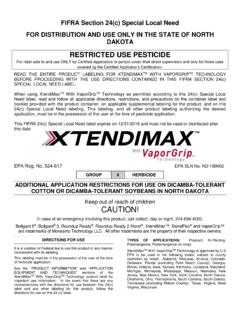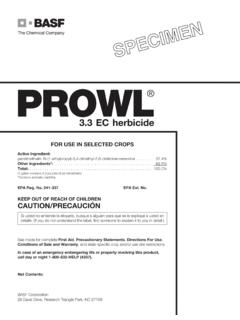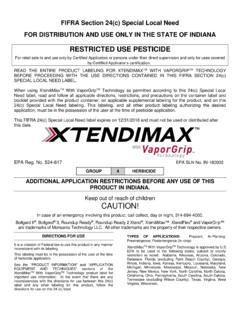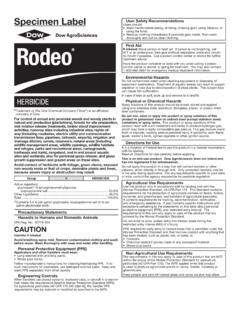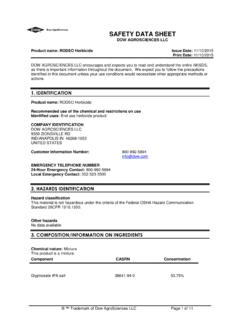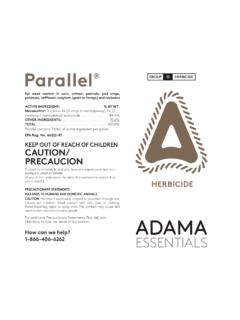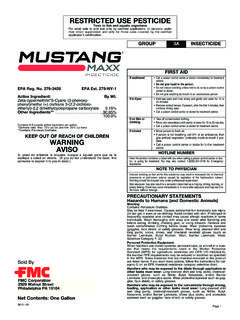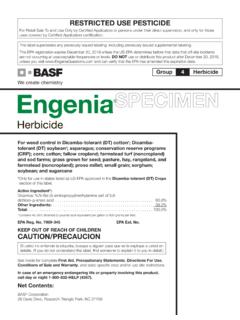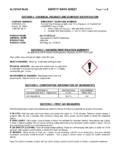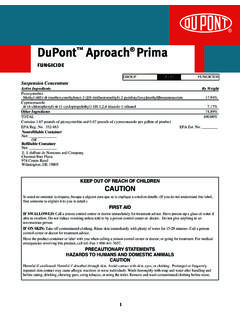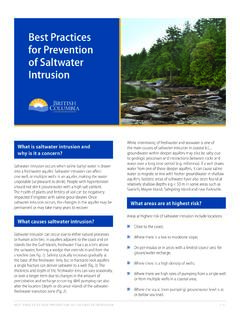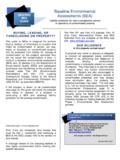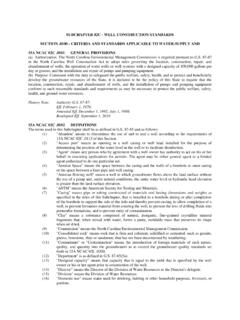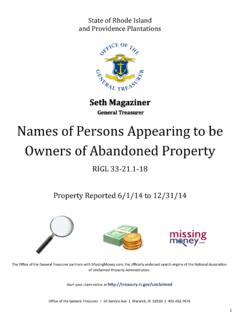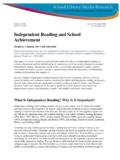Transcription of Clarity - CDMS
1 Clarity herbicide For weed control in asparagus, conservation reserve programs, corn, cotton, fallow croplands, general farmstead (noncropland), sorghum, grass grown for seed, hay, proso millet, pasture, rangeland, small grains, sod farms and farmstead turf, soybean, and sugarcane. Active Ingredient: Diglycolamine salt of 3,6-dichloro-o-anisic acid* .. Other Ingredients: .. Total .. *Contains 3,6-dichloro-o-anisic acid (4 pounds acid equivalent per gallon or 480 grams per liter). EPA Reg No. 7969-137 EPA Est. No. KEEP OUT OF REACH OF CHILDREN.
2 CAUTION/PRECAUCI N. Si usted no entiende la etiqueta, busque a alguien para que se la explique a usted en detalle. (If you do not understand the label, find someone to explain it to you in detail.). See inside booklet for complete First Aid, Precautionary Statements, Directions For Use, State-Specific Crop and/or Use Site Restrictions and Conditions of Sale and Warranty. In case of an emergency endangering life or property involving this product, call day or night 1-800-832-HELP (4357). Net Contents: BASF Corporation 26 Davis Drive, Research Triangle Park, NC 27709.
3 FIRST AID. Call a poison control center or doctor immediately for treatment advice. Have person sip a glass of water if able to swallow. If swallowed DO NOT induce vomiting unless told to do so by a poison control center or doctor. DO NOT give anything to an unconscious person. Take off contaminated clothing. If on skin or clothing Rinse skin immediately with plenty of water for 15 - 20 minutes. Call a poison control center or doctor for treatment advice. Hold eye open and rinse slowly and gently with water for 15 - 20 minutes.
4 If in eyes Remove contact lenses, if present, after first 5 minutes, then continue rinsing eye. Call a poison control center or doctor for treatment advice. HOT LINE NUMBER. Have the product container or label with you when calling a poison control center or doctor or going for treatment. You may also contact BASF Corporation for emergency medical treatment information: 1-800-832-HELP (4357). Precautionary Statements User Safety Recommendations HAZARDS TO HUMANS Users should: AND DOMESTIC ANIMALS Wash hands before eating, drinking, chewing gum, using tobacco, or using the toilet.
5 CAUTION Remove clothing/PPE immediately if pesticide gets inside. Then wash thoroughly and put on clean Causes moderate eye irritation. Harmful if swallowed or clothing. absorbed through skin. Avoid contact with skin, eyes or Remove PPE immediately after handling this product. clothing. Wash the outside of gloves before removing. As soon Personal Protective Equipment (PPE) as possible, wash thoroughly and change into clean Some materials that are chemical-resistant to this product clothing. are nitrile rubber and butyl rubber.
6 If you want more options, follow the instructions for Category C on an EPA Environmental Hazards chemical-resistance category selection chart. DO NOT apply directly to water, or to areas where surface water is present or to intertidal areas below the mean high All mixers, loaders, and applicators and other han- water mark. DO NOT contaminate water when disposing dlers must wear: of equipment washwaters or rinsate. Apply this product Long-sleeved shirt and long pants only as directed on the label. Chemical-resistant gloves (except for pilots).
7 Shoes plus socks This chemical is known to leach through soil into ground water under certain conditions as a result of agricultural See Engineering Controls Statement for additional use. Use of this chemical in areas where soils are perme- requirements. Follow the manufacturer's instructions for able, particularly where the water table is shallow, may cleaning and maintaining PPE. If no such instructions for result in ground water contamination. washables exist, use detergent and hot water. Keep and wash PPE separately from other laundry.
8 Ground and Surface Water Protection Point source contamination: To prevent point source Engineering Controls Statement contamination, DO NOT mix, load this pesticide product When handlers use closed systems, enclosed cabs, or air- within 50 feet of wells (including abandoned wells and craft in a manner that meets the requirements listed in the drainage wells), sink holes, perennial or intermittent Worker Protection Standard (WPS) for agricultural pesti- streams and rivers, and natural or impounded lakes and cides [40 CFR (d)(4-6)], the handler PPE require- reservoirs.
9 DO NOT apply pesticide product within 50 feet ments may be reduced or modified as specified in the of wells. This setback does not apply to properly capped WPS. or plugged abandoned wells and does not apply to imper- Pilots must use cockpits in a manner that meets the vious pad or properly diked mixing/loading areas as requirements listed in the Worker Protection Standard described below. (WPS) for agricultural pesticides (40 CFR (d)(4-6). Mixing, loading, rinsing, or washing operations performed within 50 feet of a well are allowed only when conducted on an impervious pad constructed to withstand the weight of the heaviest load that may be on or move across the pad.)
10 The pad must be self-contained to prevent surface 2. water flow over or from the pad. The pad capacity must Agricultural Use Requirements be maintained at 110% that of the largest pesticide con- tainer or application equipment used on the pad and have Use this product only in accordance with its labeling and sufficient capacity to contain all product spills, equipment with the Worker Protection Standard, 40 CFR part 170. or container leaks, equipment wash waters, and rainwater This Standard contains requirements for the protection that may fall on the pad.
